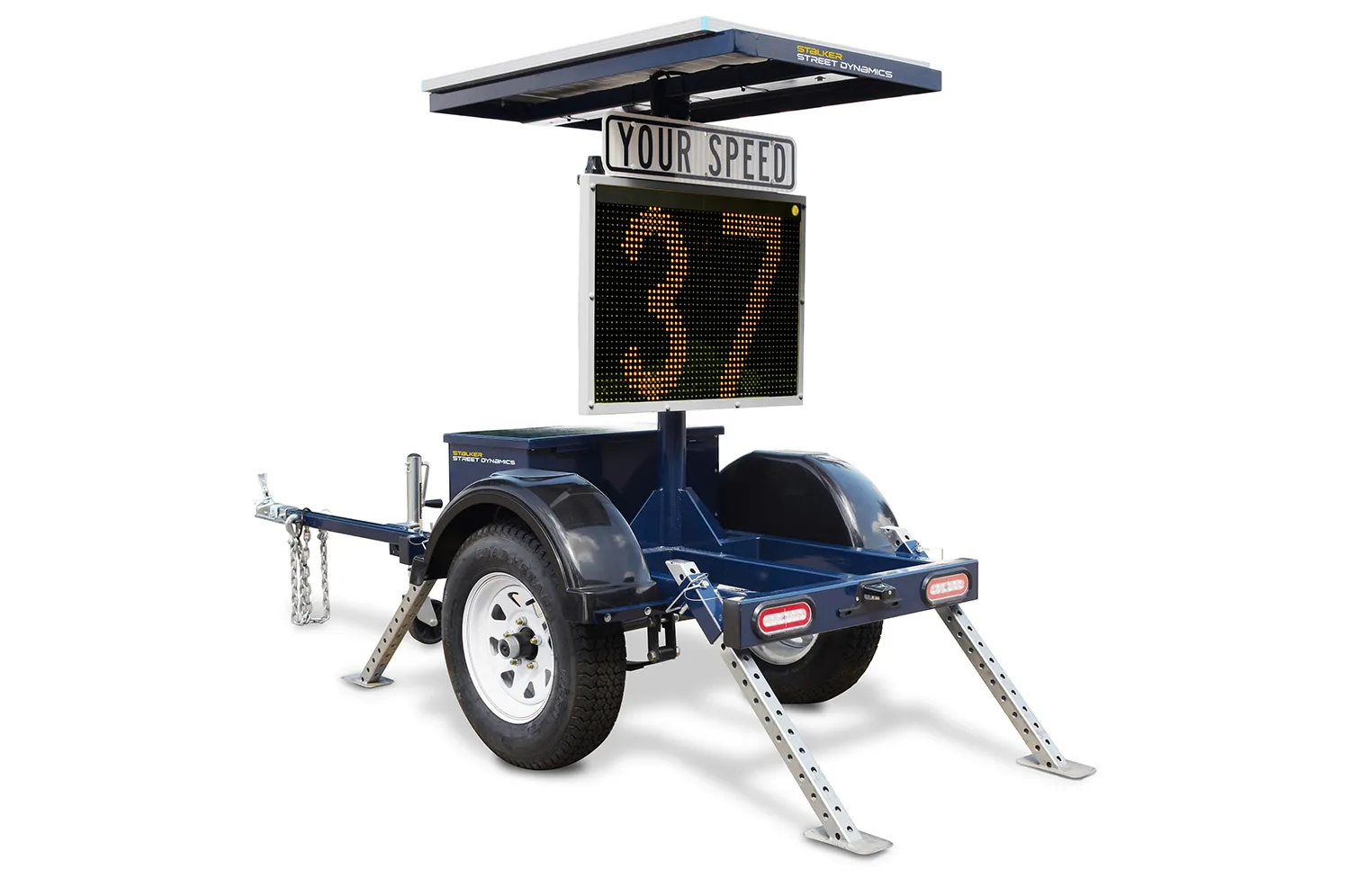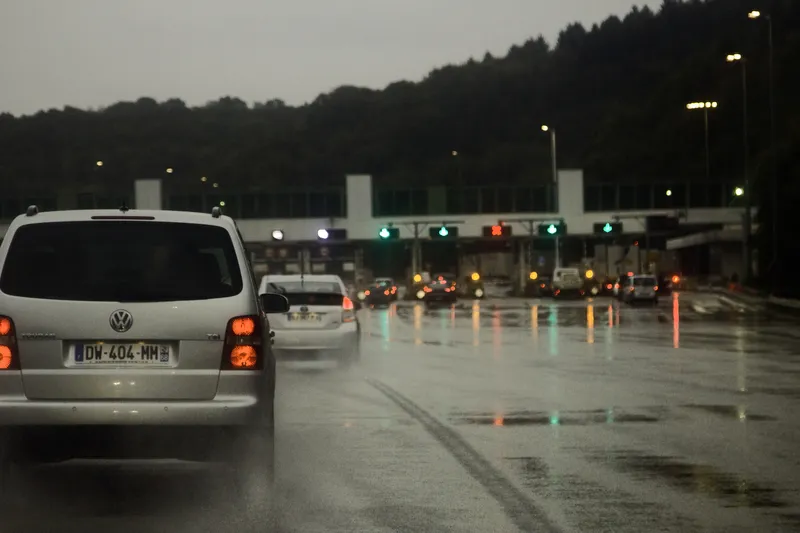Orbcomm’s GT 1100 self-powered asset tracking and monitoring solution is said to be easy to install on trailer roof tops, between the corrugations of intermodal containers and on virtually any unpowered asset. It delivers near-real-time alerts on trailer status, location, history, as well as arrival and departure events to improve security and operational efficiency.
The ruggedised device has low power consumption and solar recharging, efficient messaging (without message restrictions) and long service l
December 4, 2013
Read time: 1 min

The ruggedised device has low power consumption and solar recharging, efficient messaging (without message restrictions) and long service life in the field. It also includes the CargoWatch web application for device management.










